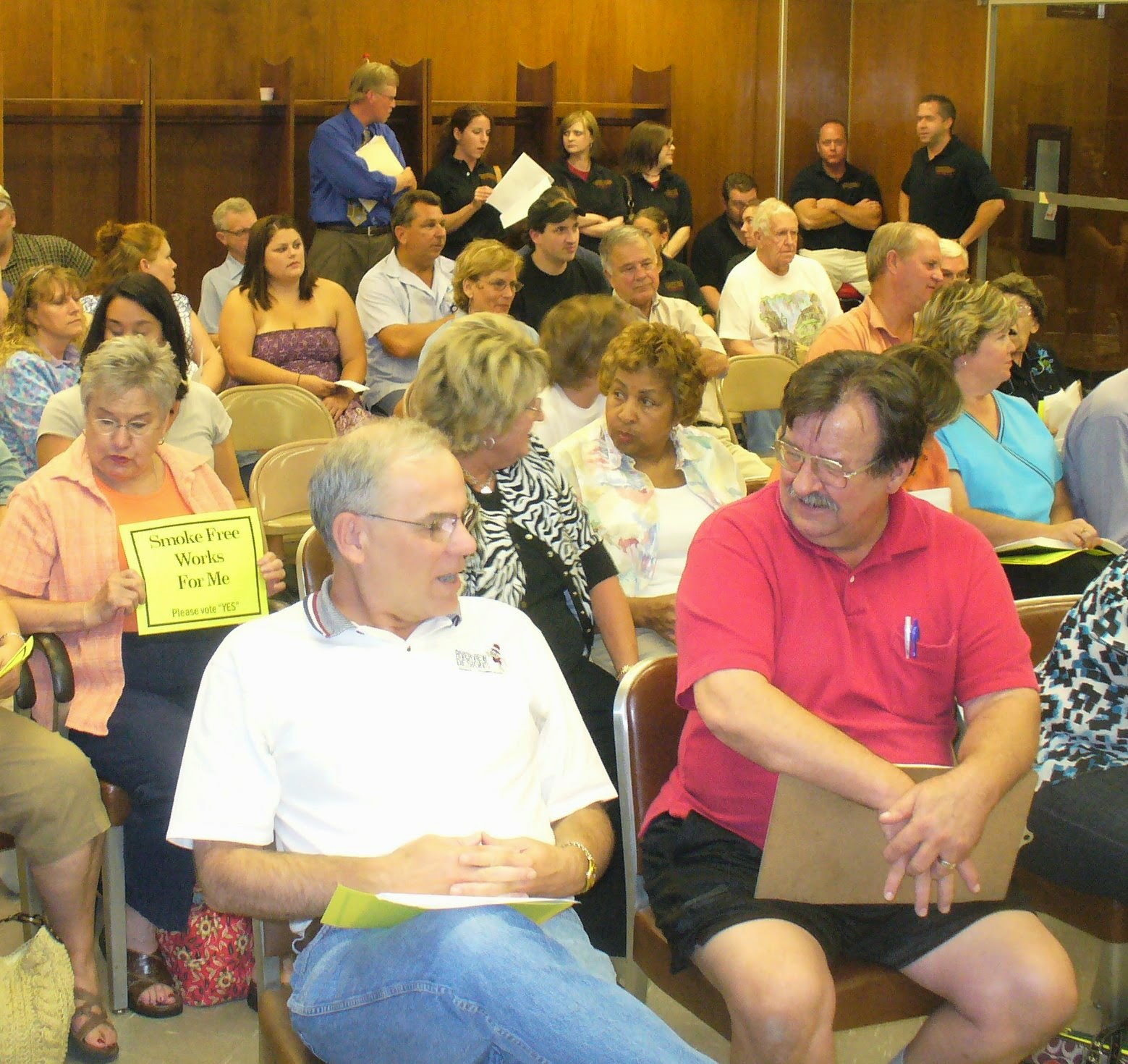 |
| No one was here in 1985. |
There are multiple issues impacting this topic, and below there’s an excellent overview.
Interestingly, my own bucket list has long since shifted from the Parthenon and Hofbrauhaus to the Archduke Franz Ferdinand’s ancestral estate in the countryside and an artisan brewery somewhere out the back forty.
Part of this is because I covered the “biggies” long ago. More importantly, as experiences multiplied, so did epiphanies about what really matters to me.
From the start, I was a lone wolf traveler, perfectly content to muck around on my own rather than board the tour bus. Particularly for a naturally shy person like me (don’t confuse my learned behavior with a default mindset), this sort of solo wandering can lead to a degree of voyeurism; you kick back and just watch life pass by.
Sometimes you can learn a lot this way.
Lately the missus and I have been choosing more lightly trod destinations like Tallin, Catania, Porto, Poperinge, Mechelen and even Haarlem; the latter is a few minutes from bursting-at-the-seams Amsterdam, and foreigners seem not to go there. There’s something to do and to learn almost anywhere you go.
It helps to have food and alcohol readily available.
Where does Gdansk, Poland fit into all this? We’re about to find out.
Wish you weren’t here: The backlash against overtourism (The Economist)
More people are travelling, and many are visiting the same places
… The growing backlash against tourism has coincided with extraordinary growth in visitor numbers. According to the World Tourism Organisation, an agency of the United Nations, the number of international visitors making overnight stays grew to 1.3bn in 2017. That is twice the number in 2000, and more than four times the level in 1980. Even so, the rise in numbers is not the real problem, says Alex Dichter of McKinsey. “People in 99% of countries in the world are crying out for more, not fewer, tourists,” he explains. The problem is that these extra tourists are converging on the same places.
This has surprised many in the travel industry. The spread of the internet was meant to disperse tourists by making less well-known places easier to find. Why has the opposite happened? Analysts at Skift, a travel website, attribute it to the rise of “bucket lists”. Popularised by a film of the same name in 2007, which featured a “list of things to do before I kick the bucket”, these internet lists direct tourists to the same “must see” places. The desire for the perfect Instagram snap has a similar result.
Mr Dichter also points to several other reasons for the shift. When flag carriers ran air travel as a cartel, flights cost a fortune—over £200 ($230) for the 300-mile jaunt between London and Dublin in the mid-1980s, for instance. But low-cost carriers like Ryanair (whose average fare was €40, or $46, last year) have transformed the industry. The rise of services like Airbnb, that allow locals to rent their homes to visitors, means that a place’s capacity for overnight stays is no longer limited by the number of hotel rooms.
Partly as a result, the share of tourists who are making their first trips has soared. Newbies often want to visit famous landmarks. In Amsterdam almost all first-time visitors head for the Van Gogh museum and Anne Frank’s house, says Geerte Udo of its tourist authority. Meanwhile tourists from China and India often dislike tanning and therefore skip beach destinations, adding to the crowds in a handful of popular cities.
Such overcrowding brings costs, which are borne by local residents …











